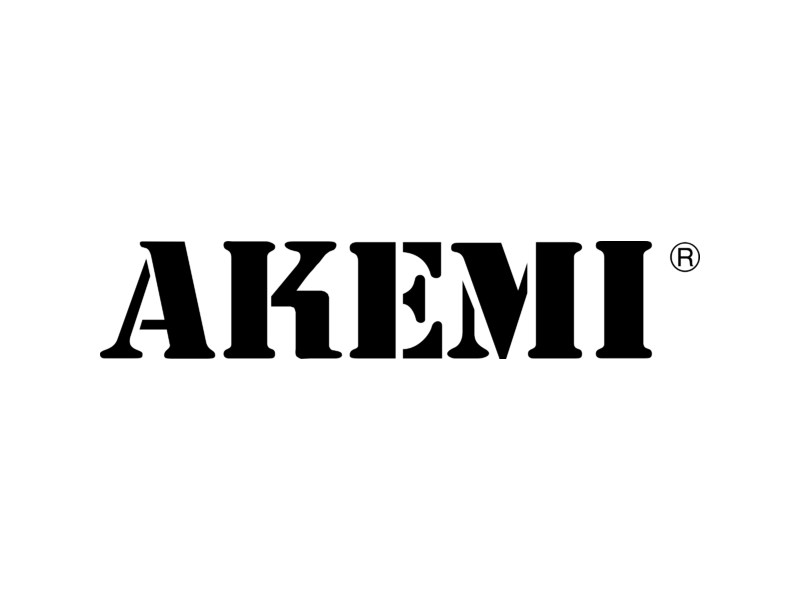Q: Is pointing with lime different from pointing with cement? I’ve done work with cement but I want to know what the differences are for application and general use for repointing my old house. Can you help?
A: When you refer to pointing, I think you are referring to repointing mortar joints. As with any masonry project, proper attention to the preparation of the substrate is critical. Always follow proper preparation guidelines regardless of the mortar being used.
Repointing Mortar Differences:
If you compare the application process of repointing mortar joints with lime-based mortars to cement-based mortars, the only real difference is workability.
Lime mortars tend to have better workability than their cement counterparts. This is because lime is used to add plasticity to modern cement mortars; thus, when you omit the cement, you have the greatest workability. However, not all lime mortars can be treated equally when it comes to their aftercare during the initial curing process. Like cement-based mortars, there are different grades of lime for different applications, with different characteristics.
Although there are many different types of limes used around the world, I will only address the four most common from the softest and slowest setting to the hardest and quickest setting. starting with High calcium lime putty, (Natural Hydraulic Limes) NHL 2, NHL 3.5, and NHL 5.
High calcium lime putty is the softest and slowest setting of the lime choices. Proper attention to curing procedures must be adhered to to allow it to set properly, this may take six weeks. Lime putty-based mortar has its place in the world, where trained professionals should be the applicators to ensure work is executed in a way where the margin for error is limited.
Different grades of Natural Hydraulic Lime are followed by a number designation that indicates the minimum compressive strength at 28 days with a particular amount of sand in Newton’s per millimeter squared. The reason for this classification is that there are no Natural Hydraulic Limes currently produced in the United States and they must be imported from where the metric system is used there have been established standards for several years on NHLs, primarily in Europe. As said before, the lower the number of designations for NHL the slower the setting and softer that type is. So, what does all this mean to you the mason or adventurous DIY homeowner?
Well if you have a conservator mindset then matching the new mortar as closely as possible to the old mortar in color, texture, and physical attributes is the end goal. You might want to consult a professional for general advice on what type of mortar to use if you are unsure, after conducting your research. In general, for most of the United States, NHL 3.5 mixed with local sharp-graded sand, which should meet ASTM C-144 or a pre-blended NHL 3.5 and sand mix can be used for general repointing work of older brick and stone structures. This is because NHL 3.5 has an acceptable initial setting time and more importantly provides good vapor transfer in a wall. This allows repointing work to move along at an acceptable speed while knowing that in most cases moisture is not being trapped in the wall cavity. Lastly, the difference between cement mortar and lime mortar for repointing is aftercare. Even though cement-based mortar should be damp cured it is not always practiced and is not typically the same length of time when dealing with lime. While working with NHL mortars it is important to allow the mortar to slowly cure with high humidity or by misting it with water, keeping the recently completed work damp. However, the length of time for aftercare curing of mortar will vary directly to the particular grade of lime used. Generally, 2-4 days of slow damp curing with either damp burlap misting for repointing work is acceptable. In some cases however, this curing period should be extended.













